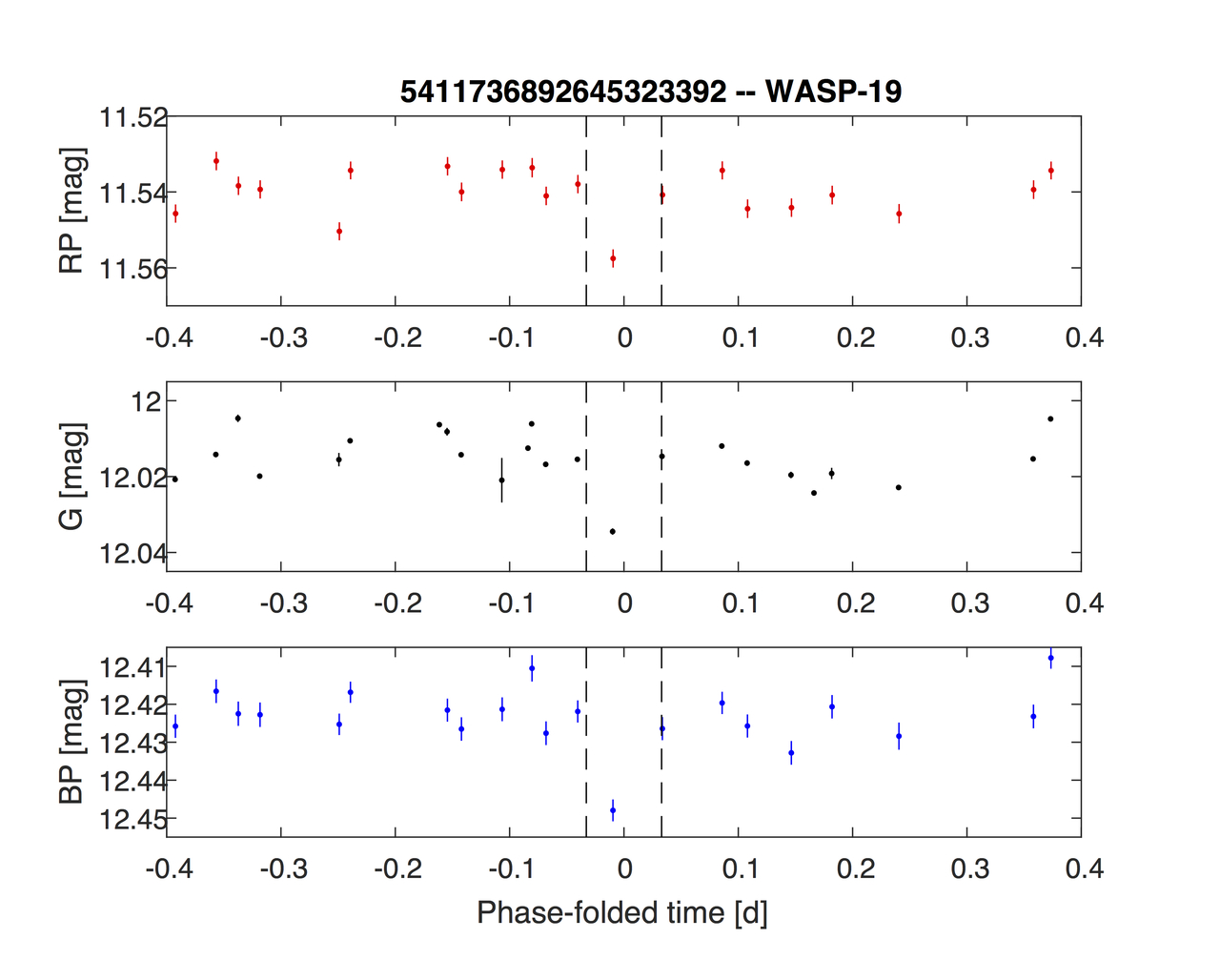Join us for the 22nd Sagan Summer Workshop! July 25-29, 2022.
The 2022 Sagan Summer Workshop will focus on the topic of exoplanet science in the Gaia era. The ESA Gaia mission has been mapping the Galaxy for over seven years, measuring very accurate positions and motions of over 1 billion stars. It has already greatly contributed to exoplanet science through the determination of more accurate stellar parameters, which in turn improve planet parameters, the detection of stellar companions, and the identification and characterization of young moving groups. In the near future, the unprecedented astrometric accuracy will result in the discovery of new exoplanets, as well as the characterization of known planets. The workshop will introduce the basics of astrometry, the impact of Gaia astrometry on astrophysics, and the astrometric detection and characterization of exoplanets. The synergy between the different planet detection techniques of astrometry, transits, radial velocities, and imaging will be discussed, as well as future advances in astrometry.
We are expecting that this will be a hybrid workshop with both in-person and on-line attendance. In-person attendance may be limited due to L.A. County, City of Pasadena, and California Institute of Technology COVID safety guidelines at the time of the workshop. This website will be updated with this information going forward.
The Sagan Summer Workshops are aimed at advanced undergraduates, grad students, and postdocs, however all are welcome to attend. There is no registration fee for these workshops and the registration link will be available in February 2022.
Attendees will also participate in hands-on tutorials and have the chance to meet in smaller groups with our speakers.
All participants must follow this Code of Conduct.
For more information, see the NExScI workshop webpage.




